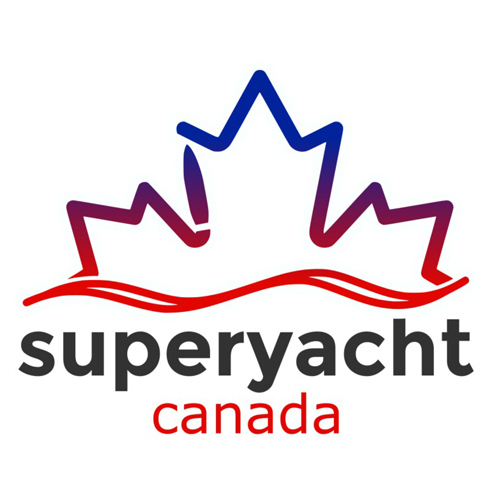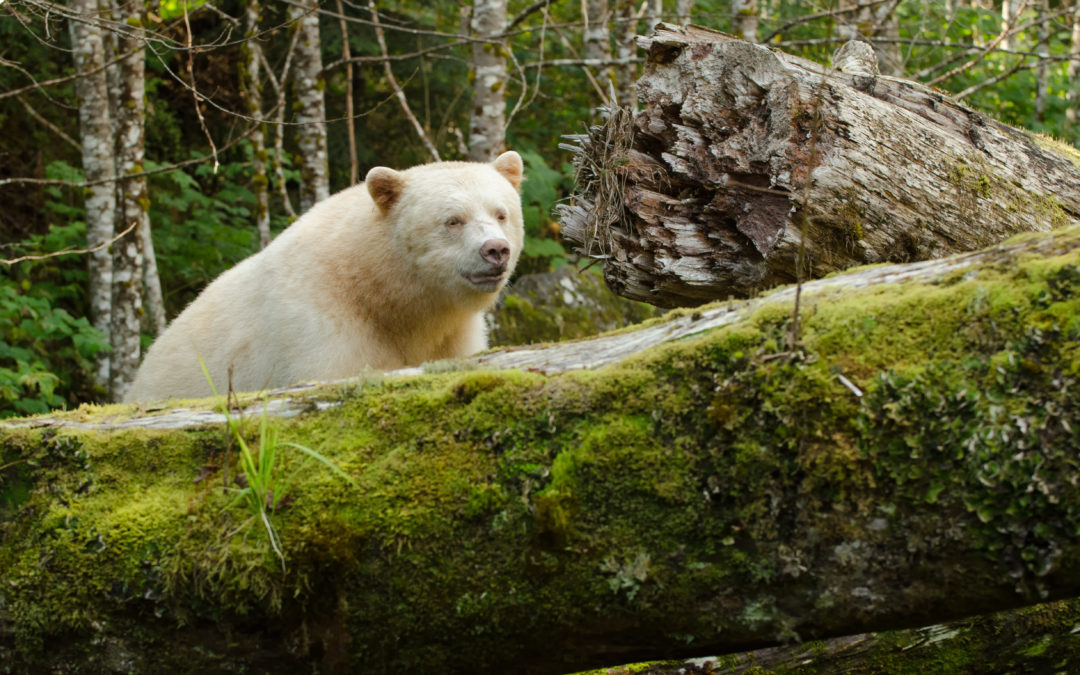Craig E. Norris, CEO of Victoria International Marina, has become a regional industry figurehead and a catalyst for the growth of the nascent Canadian yachting market. Here, he speaks to The Superyacht Report about what to look out for next.
What is the reality of cruising in British Columbia?
The cruising corridor, from here to Alaska, is absolutely epic. As with most of our Earth’s pristine wonders, the reason for that is that access to these areas is difficult and, therefore, development has been extremely limited. Access by boat, however, is not difficult. That said, yachting does require a service network to function effectively and this is what our team is focused on.
I’m working with [various stakeholders] along the coast to secure the future of key marine infrastructure for yachting so that we can offer proper access to all the necessary services, as needed by visiting explorers, all the way up the mountainous marine corridor. As an environmental scientist by training, I am very aware that the environment to which I am promoting access is desirable because there has been very little human access/development. So you can be sure I’m not proposing to build unsustainable, giant marinas in the middle of the Great Bear Rainforest and that isn’t what’s needed. But there are opportunities; for instance, several centuries-old and abandoned canneries dot the west coast, offering a chance to recycle/reuse old infrastructure, remediate abandoned sites and create rest stops and passive tourism opportunities.
So what is the typical route for an owner cruising this vast area?
Most resident yachts have a home port near one of the large metropolitan areas of Vancouver, Seattle or Victoria so this area is the starting point for locals. Visiting vessels arriving by transport are usually offloaded in Victoria, which is also the first large port for any vessel arriving on its own hull from the open Pacific. Where they go from there is largely dependent on the desired cruise length and the chosen guest experience. The cruising territory is so vast and the options so numerous that I can never name a typical cruise itinerary. Apart from glaciers in Alaska, I find that our coast has done a relatively poor job of marketing itself to the rest of the world; [this is] reflected in the response we receive from those who visit for the first time. This may be because of locals wanting to keep their little piece of Eden a secret.
How do you strike a balance then between preserving this ‘Eden’ and becoming a global stakeholder in superyachting?
I believe there is a responsible and sustainable way to develop this industry and we are lucky enough to have the good and bad decisions of thousands of years of international marina development to build on. Even with a purely capitalistic mindset, we would be wisest to protect that which is the basis of the consumer demand – ‘that’ being the untamed beauty of the natural environment and a unique and authentic Pacific marine culture and lifestyle. We also have a deep respect for the indigenous peoples of the west coast on which we live, work and play. They have the ancient wisdom of these waters that I find beautifully simple in its complexity – something only a fool would ignore. I listen to the elders and heed their advice, a key principle for me in growing this business sustainably.


Recent Comments